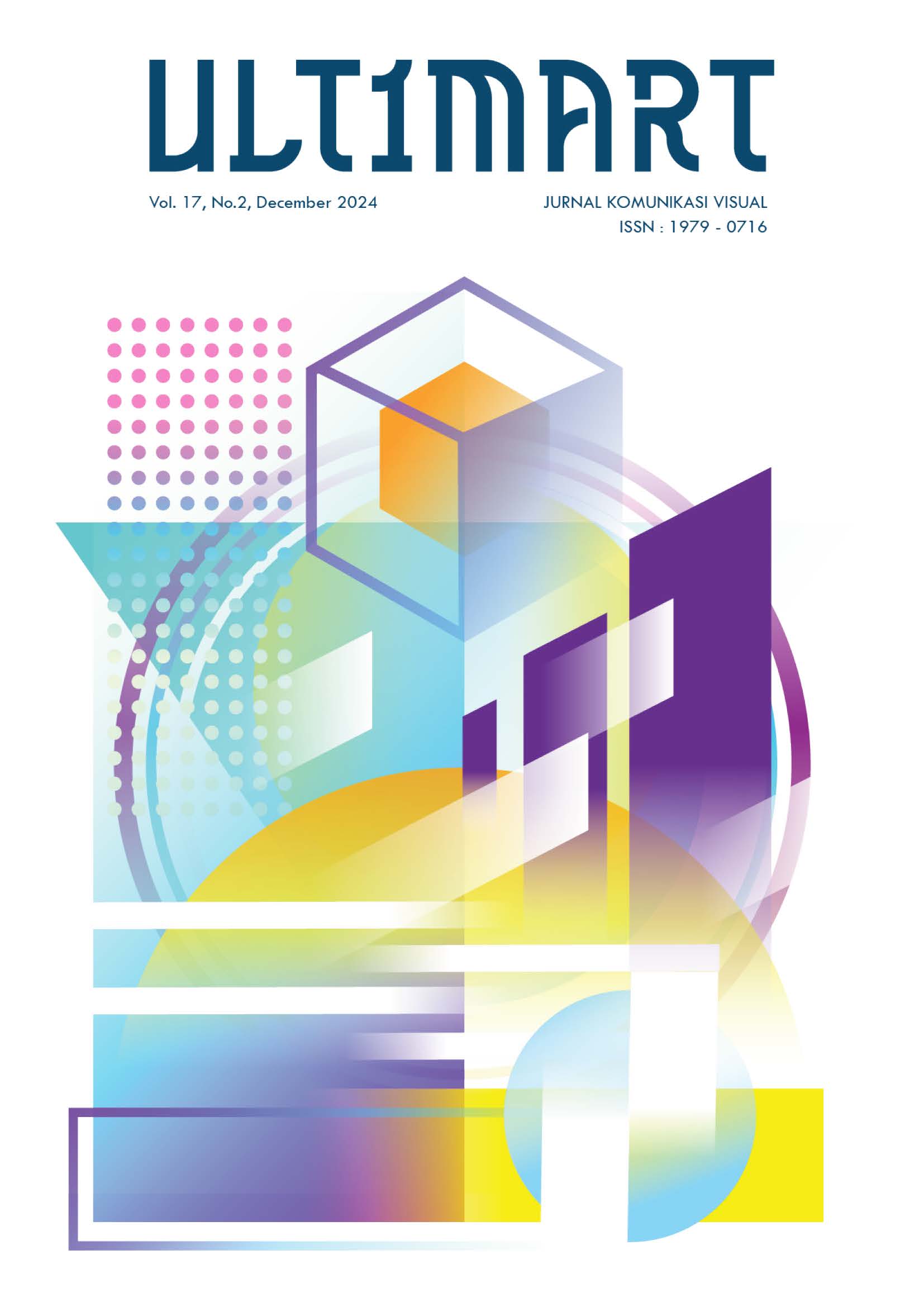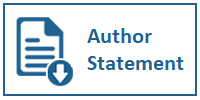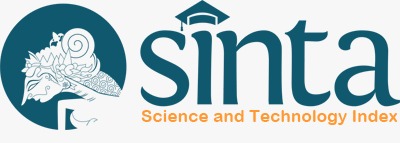Evaluation of Website Prototype Based on Basic UI/UX Principles (Case Study: Eigen Natur Indo)
DOI:
https://doi.org/10.31937/ultimart.v17i2.3829Abstract
Abstract: In this digital era, businesses both on a small and large scale are required to be able to keep up with developments and utilize digital technology (digital platform), especially in sales and marketing activities for product or service, for example a website. Just like PT. Eigen Natur Indo, which continues to follow technological developments to be able to increase its sales and marketing activities, namely through marketplaces, social media, and websites. The website is a medium that is currently being developed in prototype, in the future the use of the website as a medium for product transactions for customers (e-commerce) and advertising. However, no evaluation has been carried out, especially to end users. To produce an optimal website, it is necessary to apply the principles of user interface (UI) and user experience (UX). So in this research, an evaluation of the Eigen Natur Indo website prototype was carried out based on the basic principles of UI and UX. The research method used is a qualitative method, which is based on data from observation, interview, and analysis, including usability testing activities. The user test involved five end users who were asked to run certain scenarios on the prototype website, and then evaluated and interviewed the users regarding the problems faced on the interface. In general, findings or insights were obtained that can be used as recommendations for website development, namely the need for more effective user flow, certain navigation with shapes and sizes that are more recognizable and consistently placed, the selection of appropriate design elements, and the addition of notification features.
Keywords: prototype; website; user interface; user experience; usability testing.
Downloads
Downloads
Published
How to Cite
Issue
Section
License
Authors retain copyright and grant the journal right of first publication with the work simultaneously licensed under a Creative Commons Attribution-ShareAlike International License (CC-BY-SA 4.0) that allows others to share the work with an acknowledgement of the work's authorship and initial publication in this journal.
Authors are able to enter into separate, additional contractual arrangements for the non-exclusive distribution of the journal's published version of the work (e.g., post it to an institutional repository or publish it in a book), with an acknowledgement of its initial publication in this journal.
Copyright without Restrictions
The journal permits the author(s) to hold the copyright without restrictions and will hold distributing rights without limitations.
The submitted papers are assumed to contain no proprietary material unprotected by patent or patent application; responsibility for technical content and for protection of proprietary material rests solely with the author(s) and their organizations and is not the responsibility of the Ultimart: Jurnal Komunikasi Visual or its Editorial Staff. The main (first/corresponding) author is responsible for ensuring that the article has been seen and approved by all the other authors. It is the responsibility of the author to obtain all necessary copyright release permissions for the use of any copyrighted materials in the manuscript prior to the submission.















